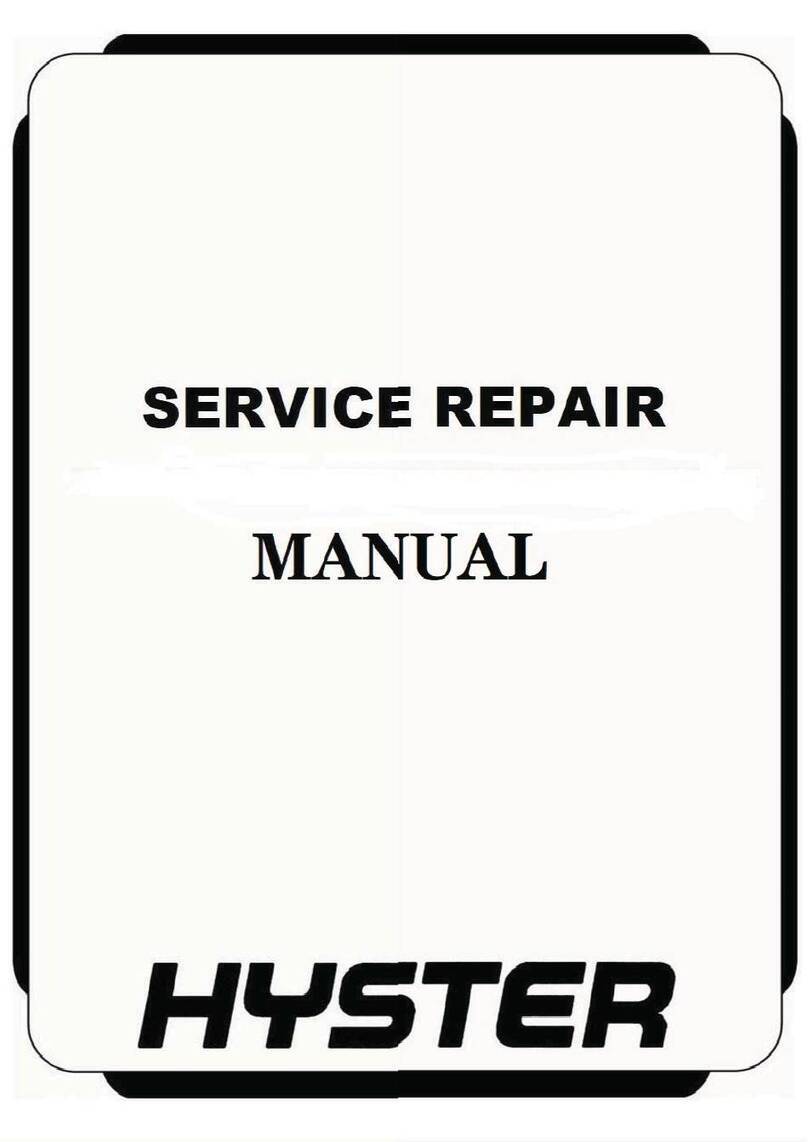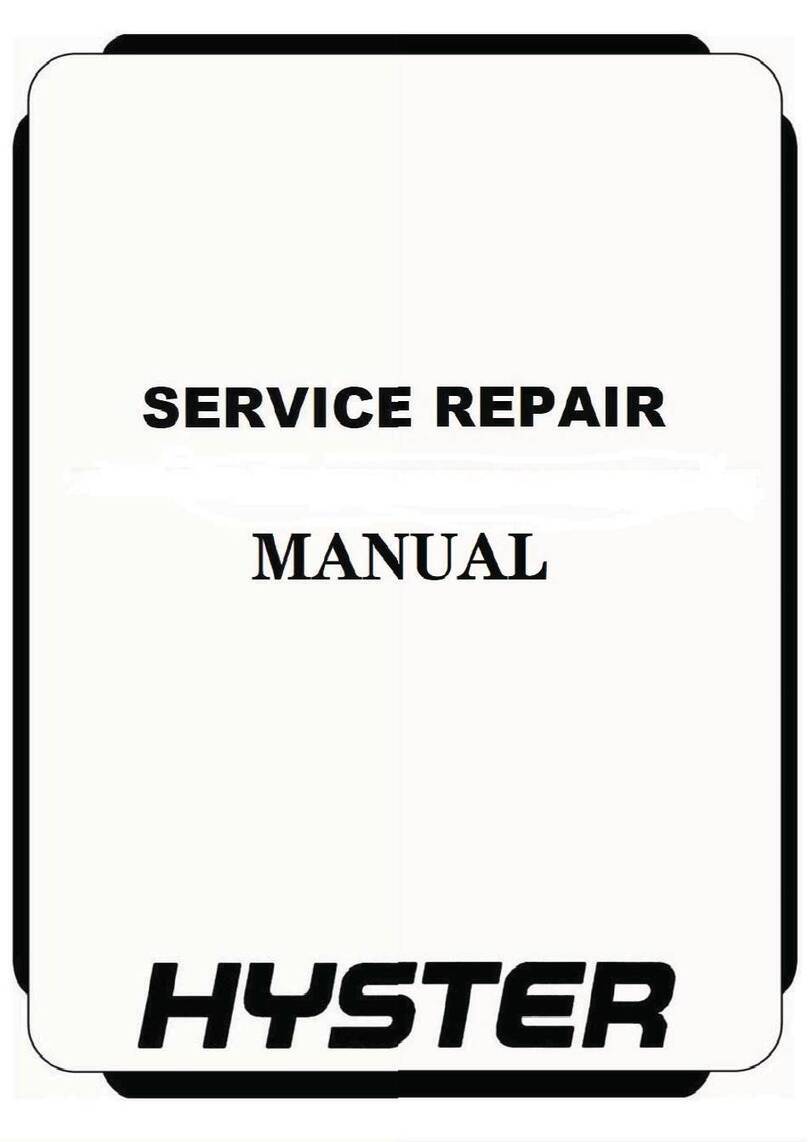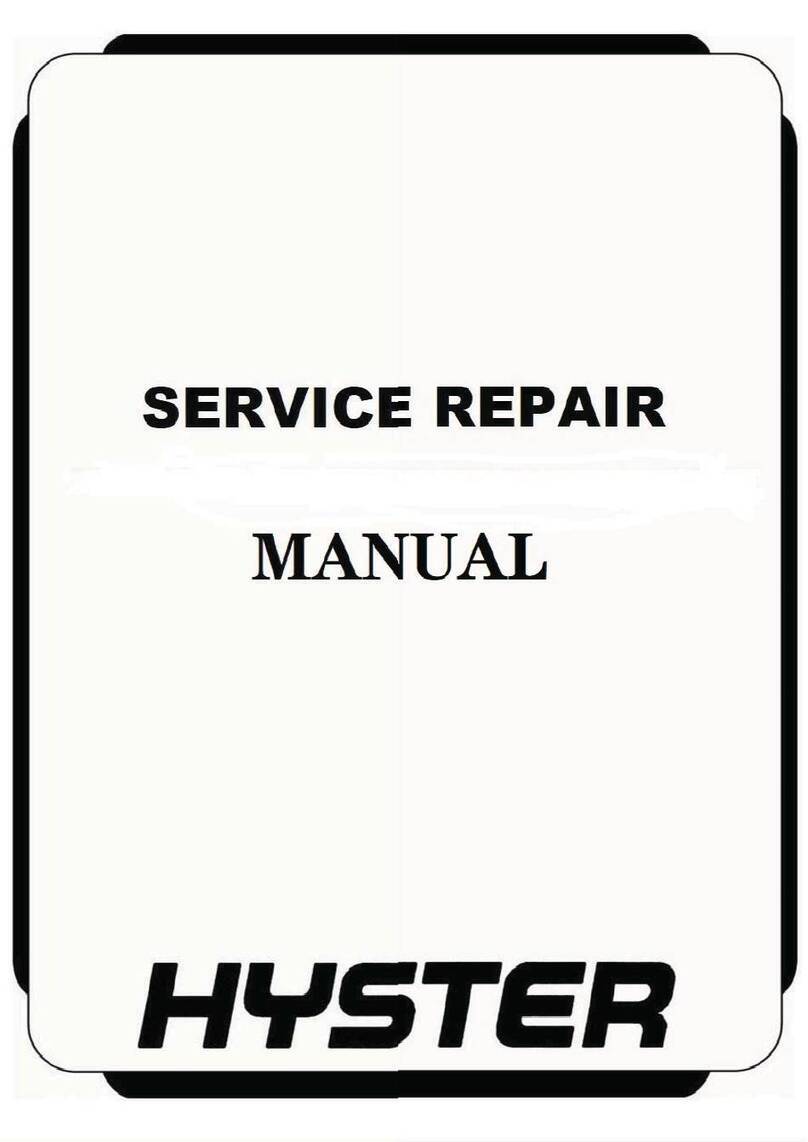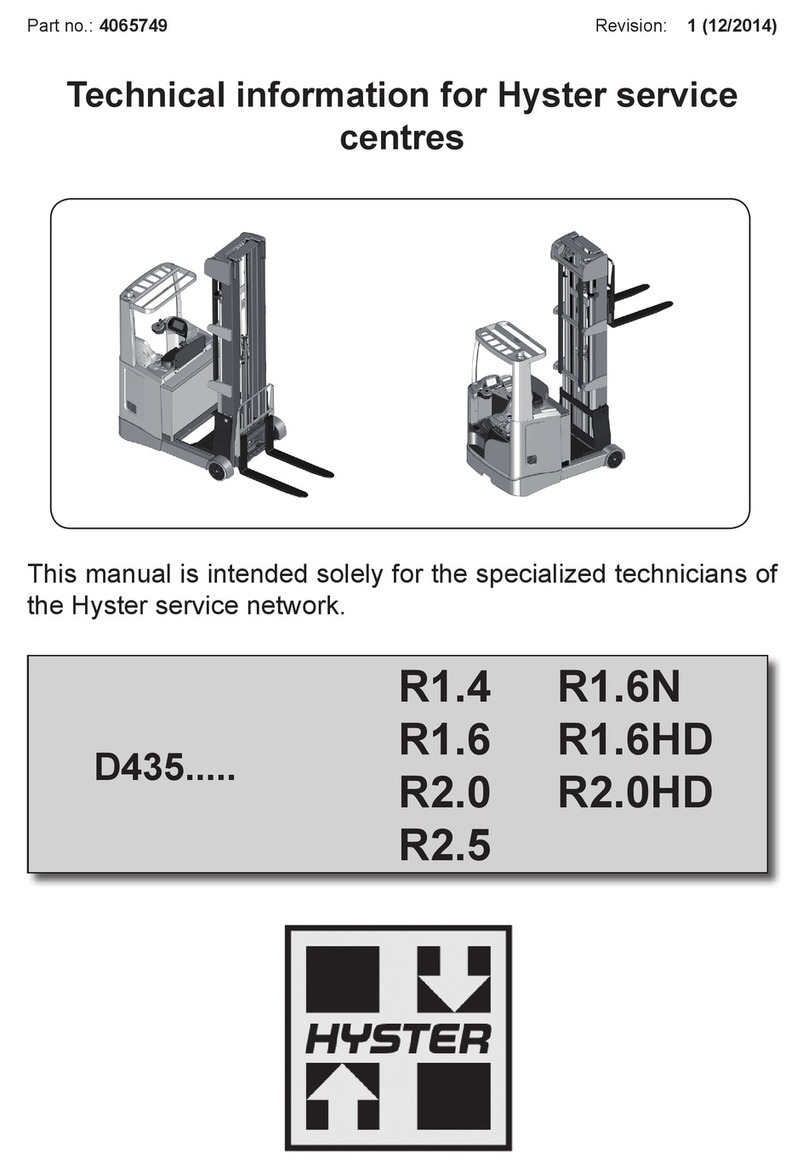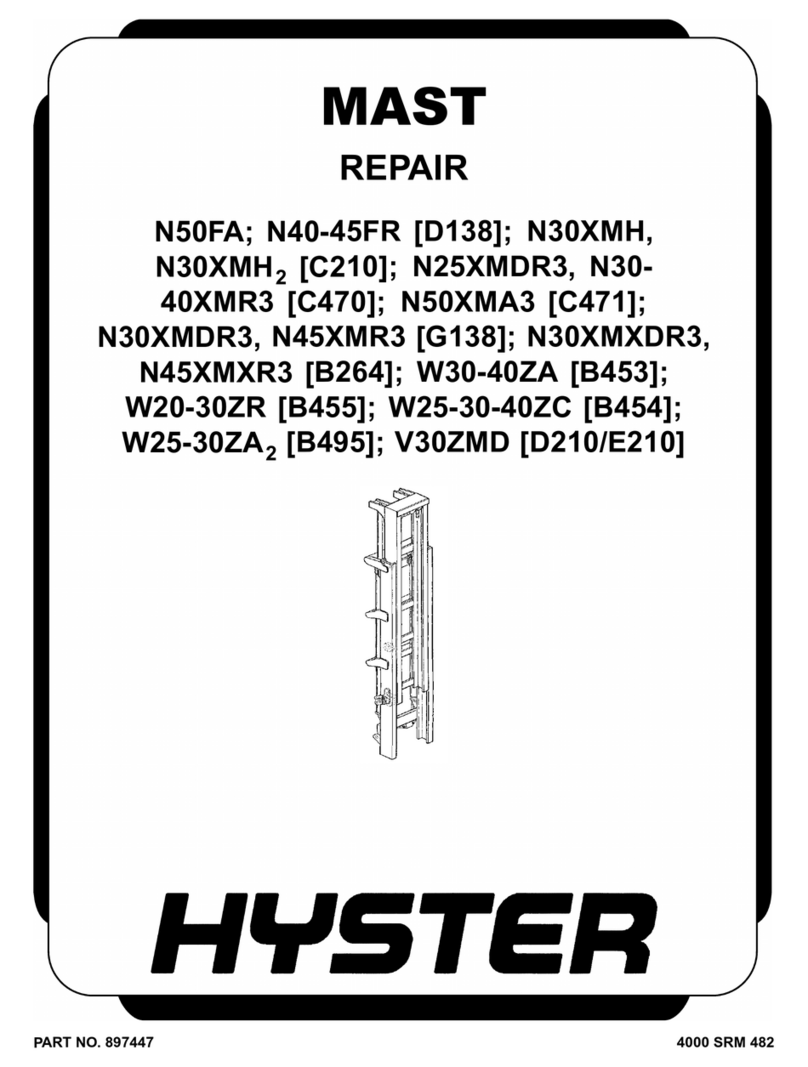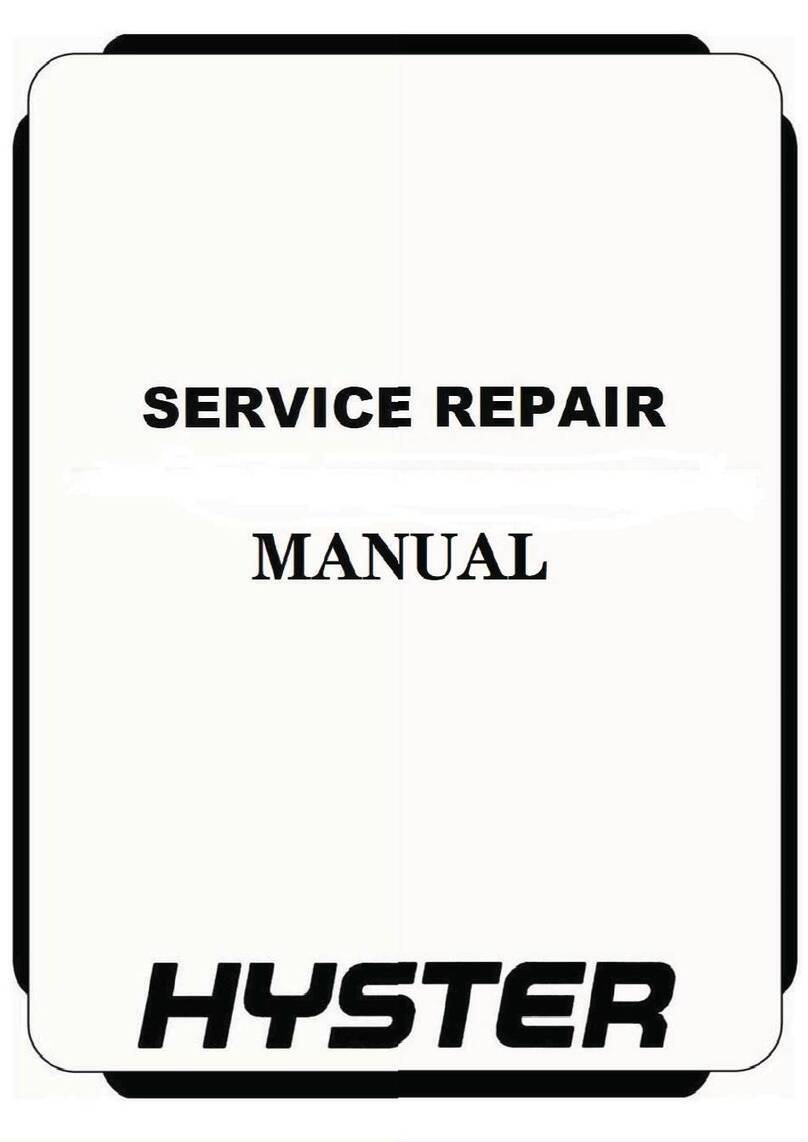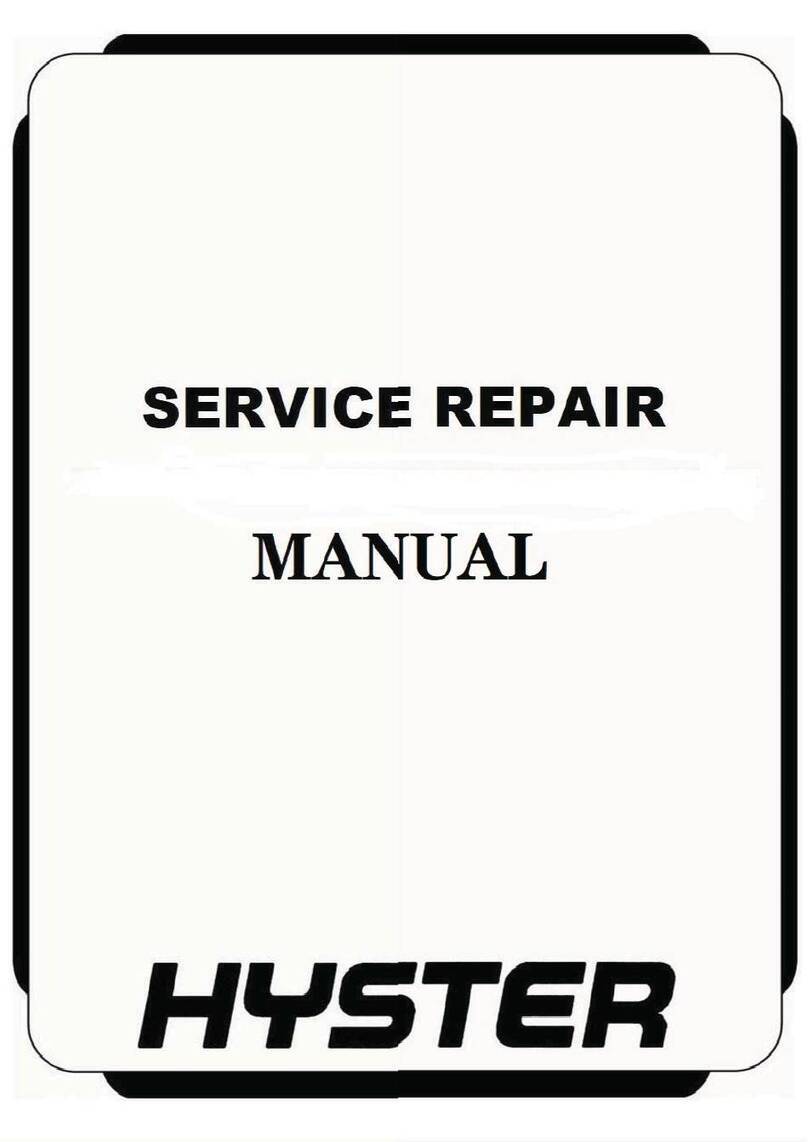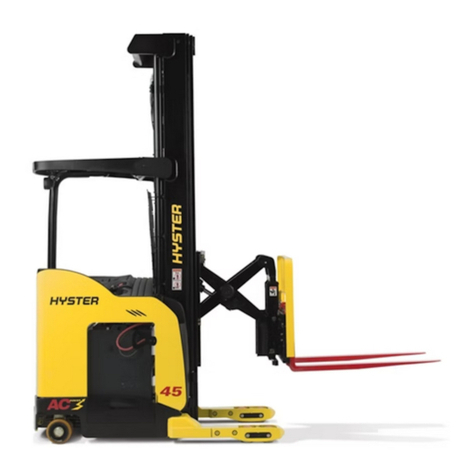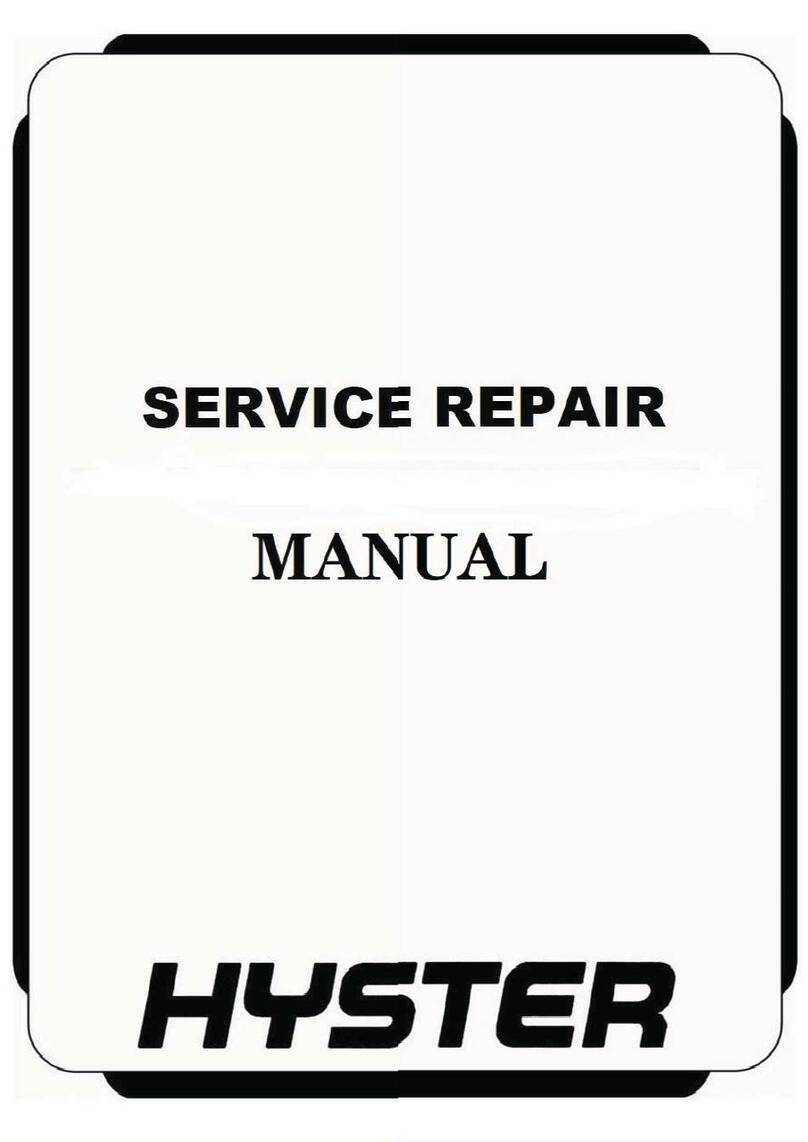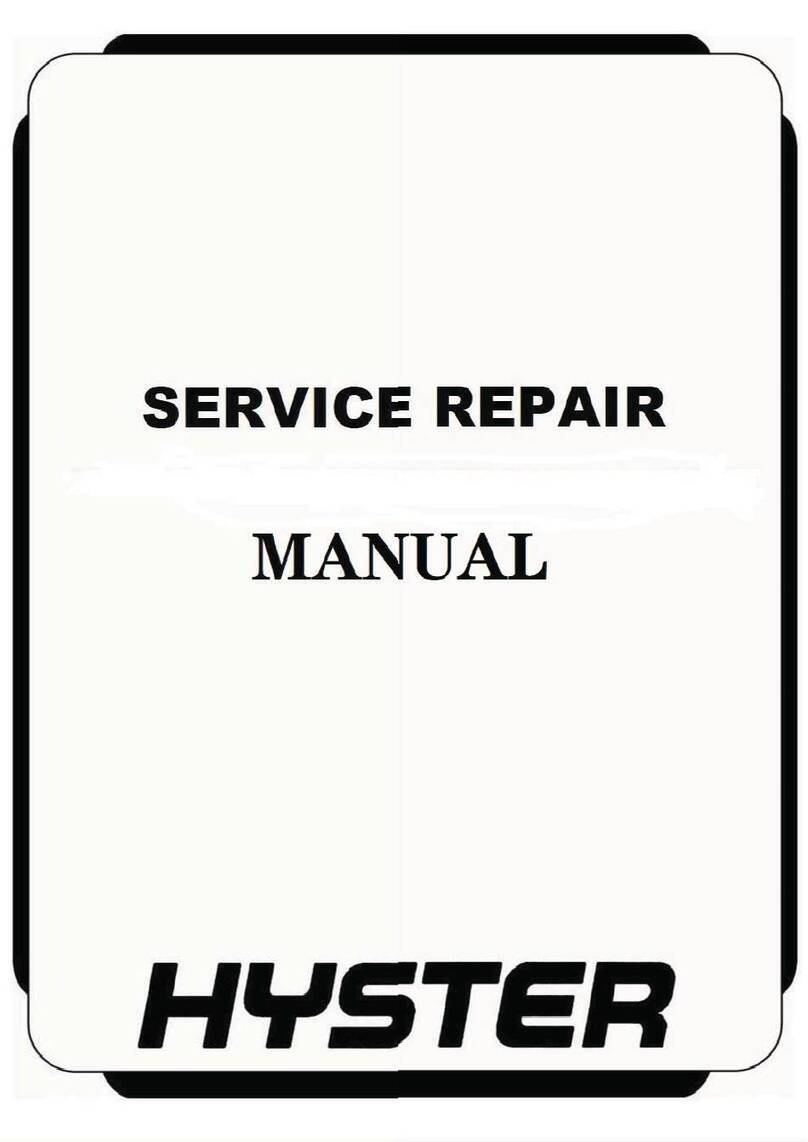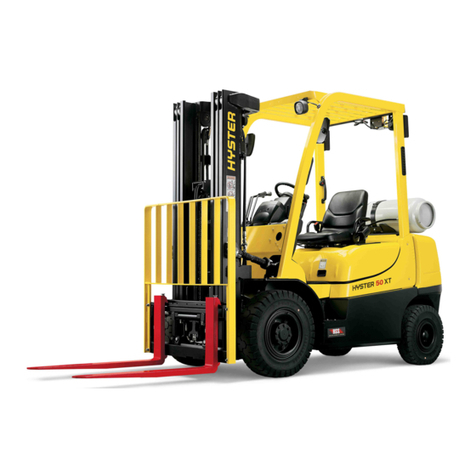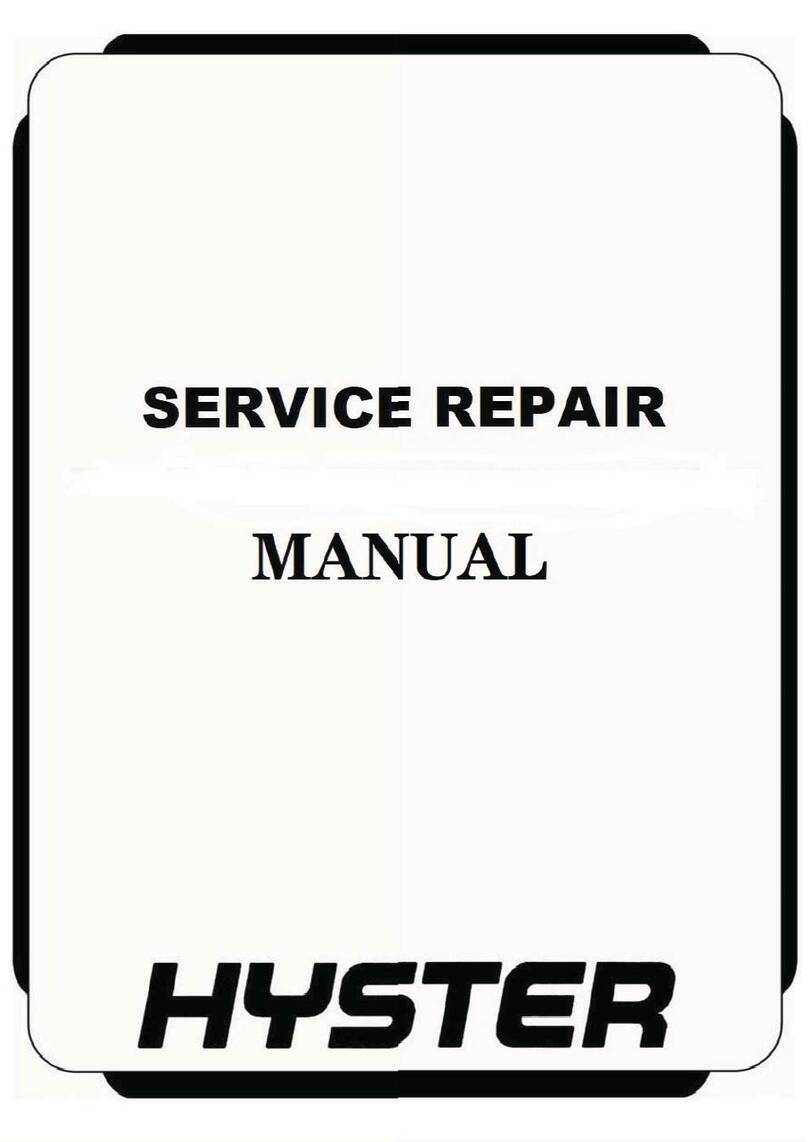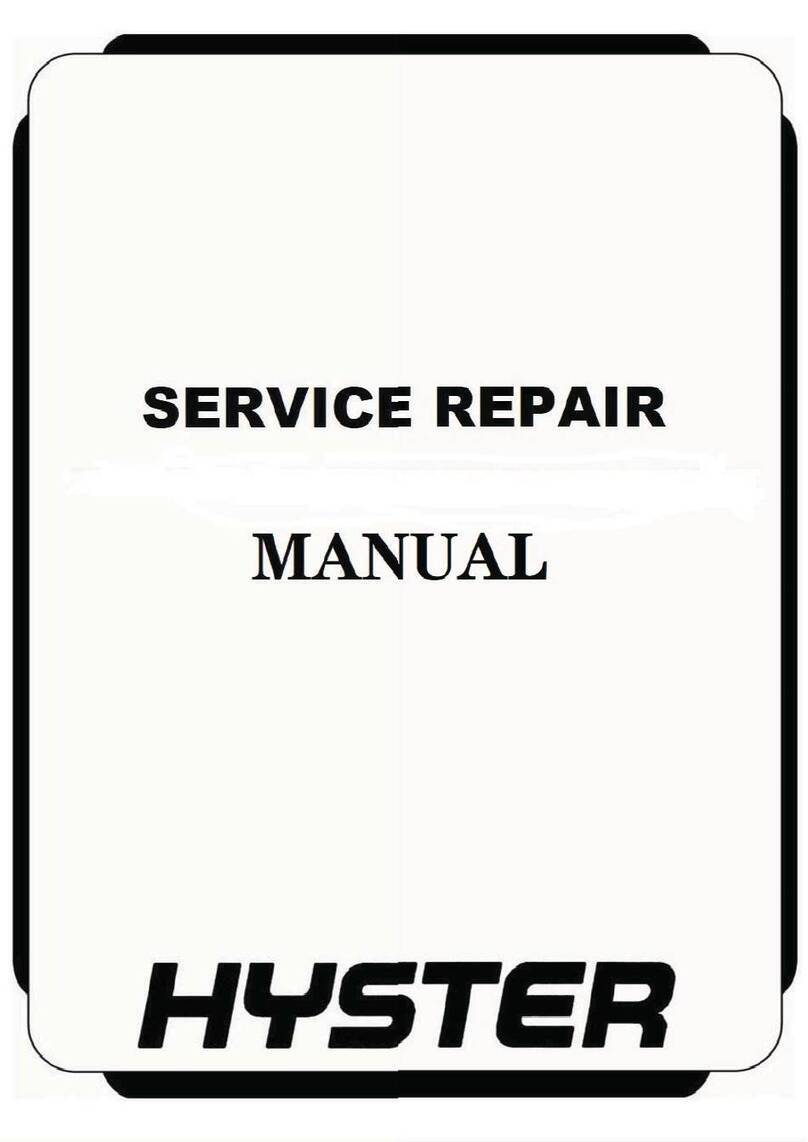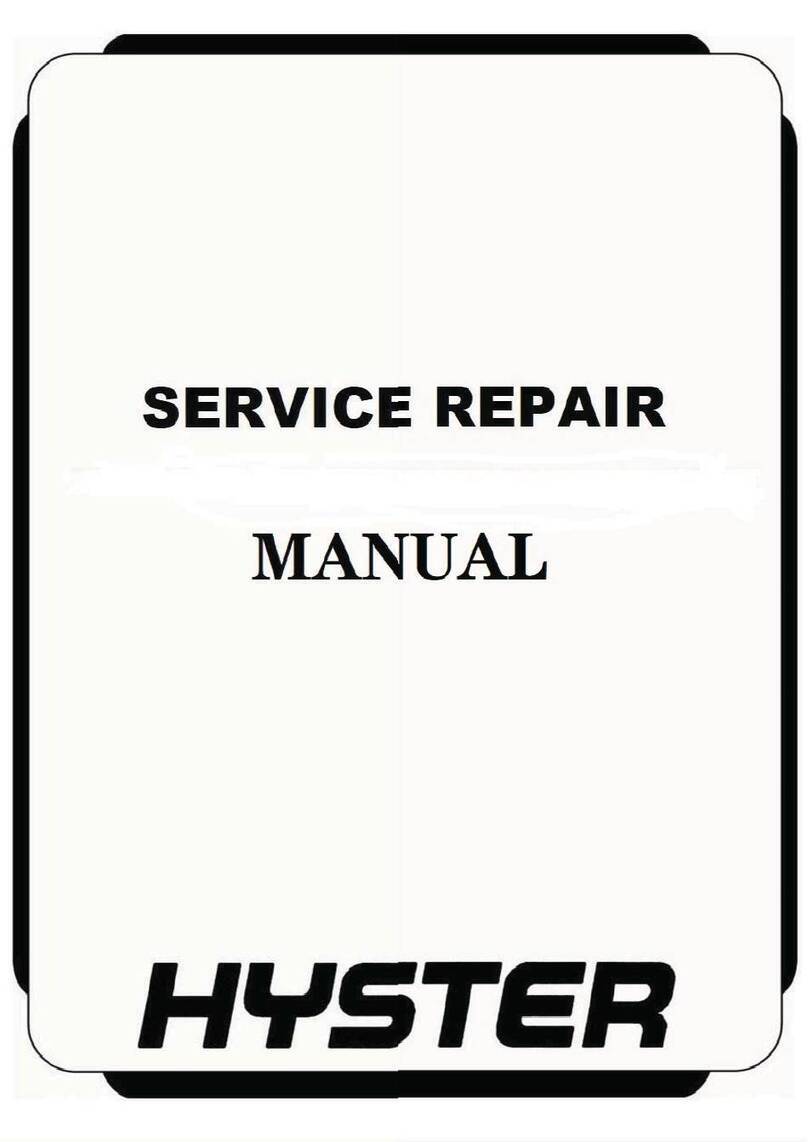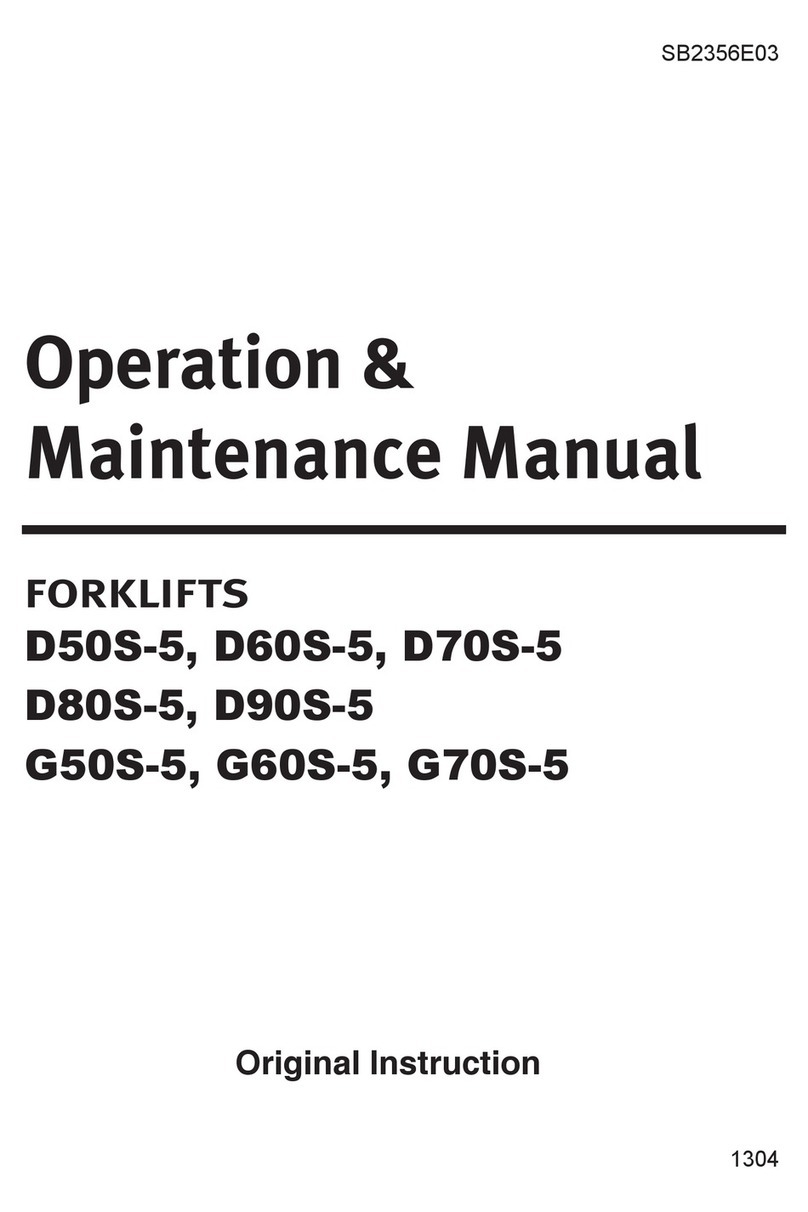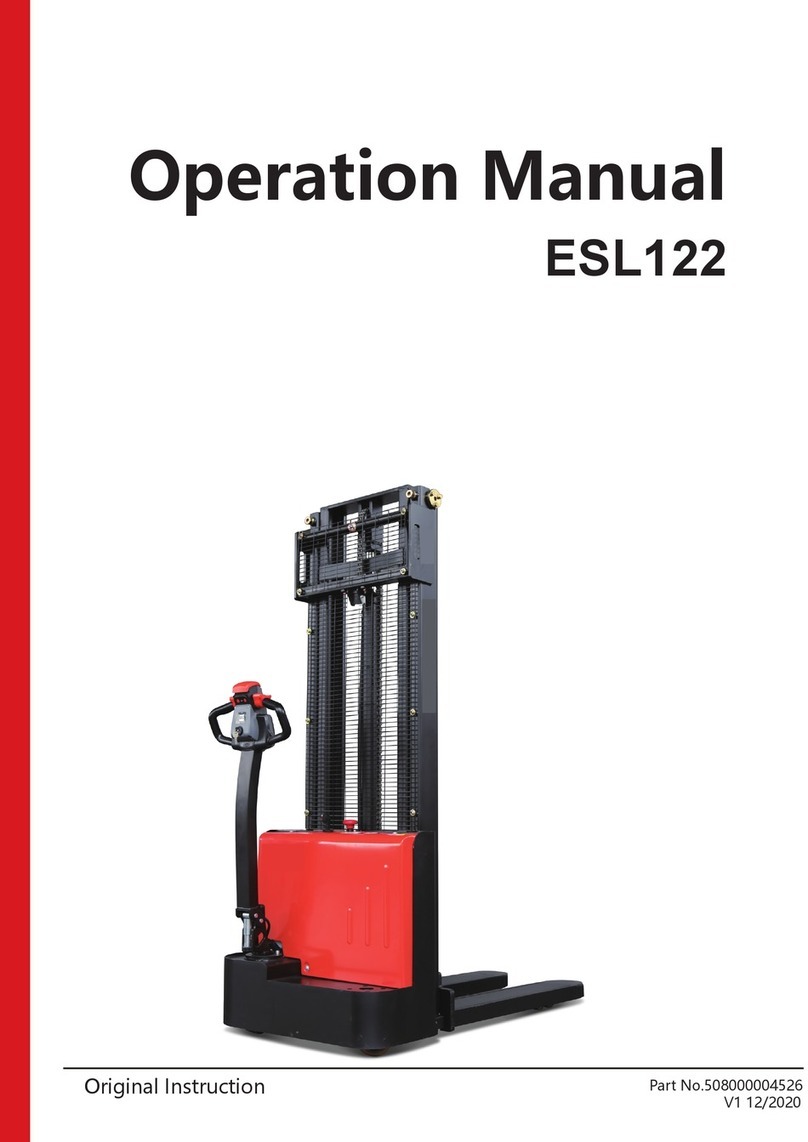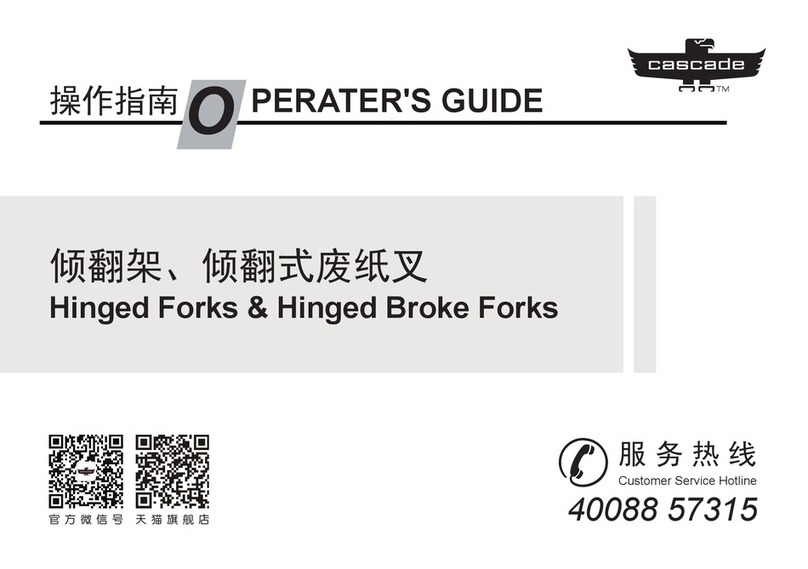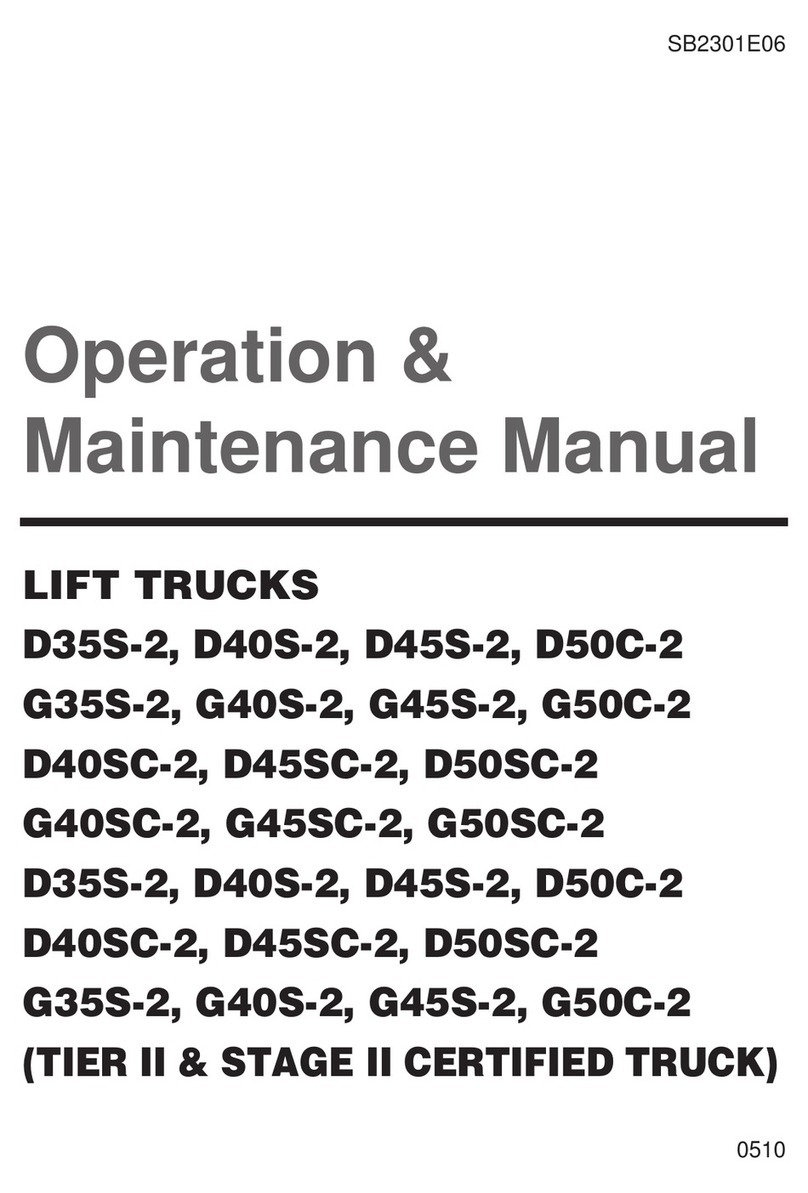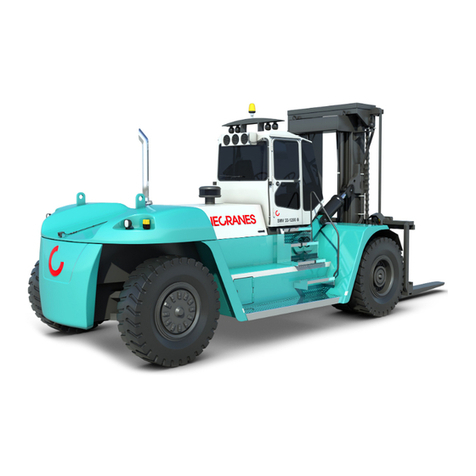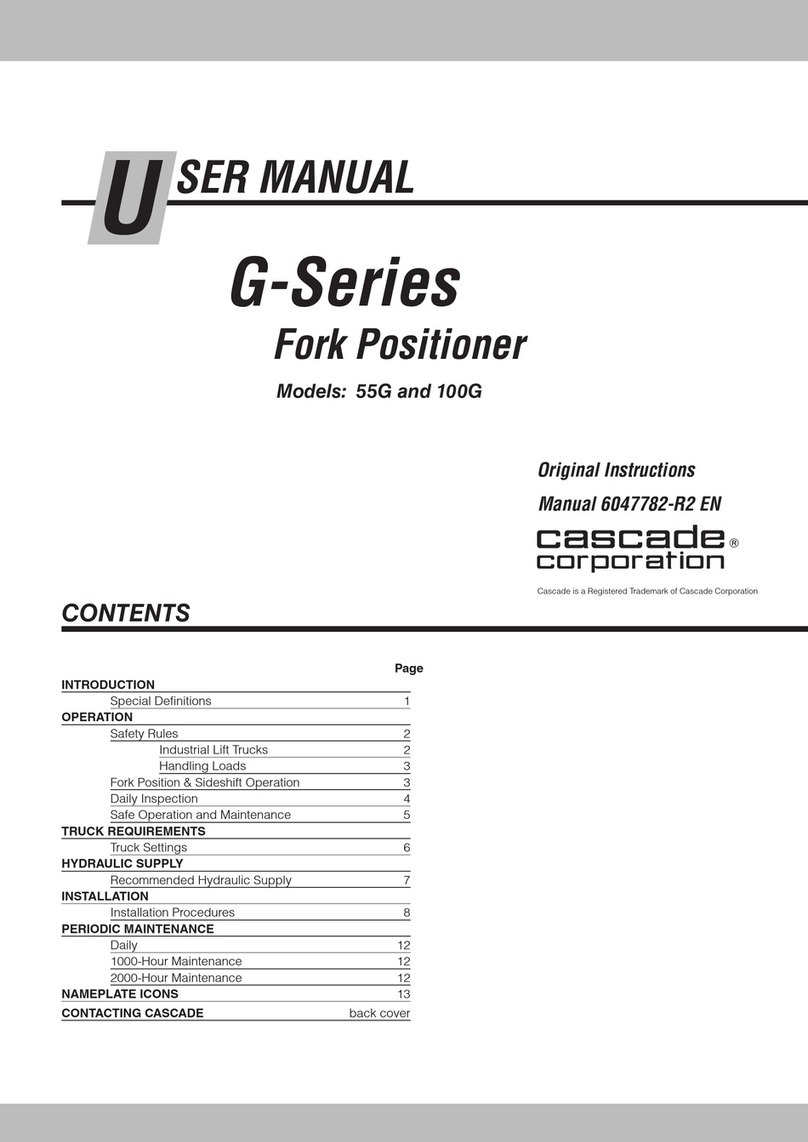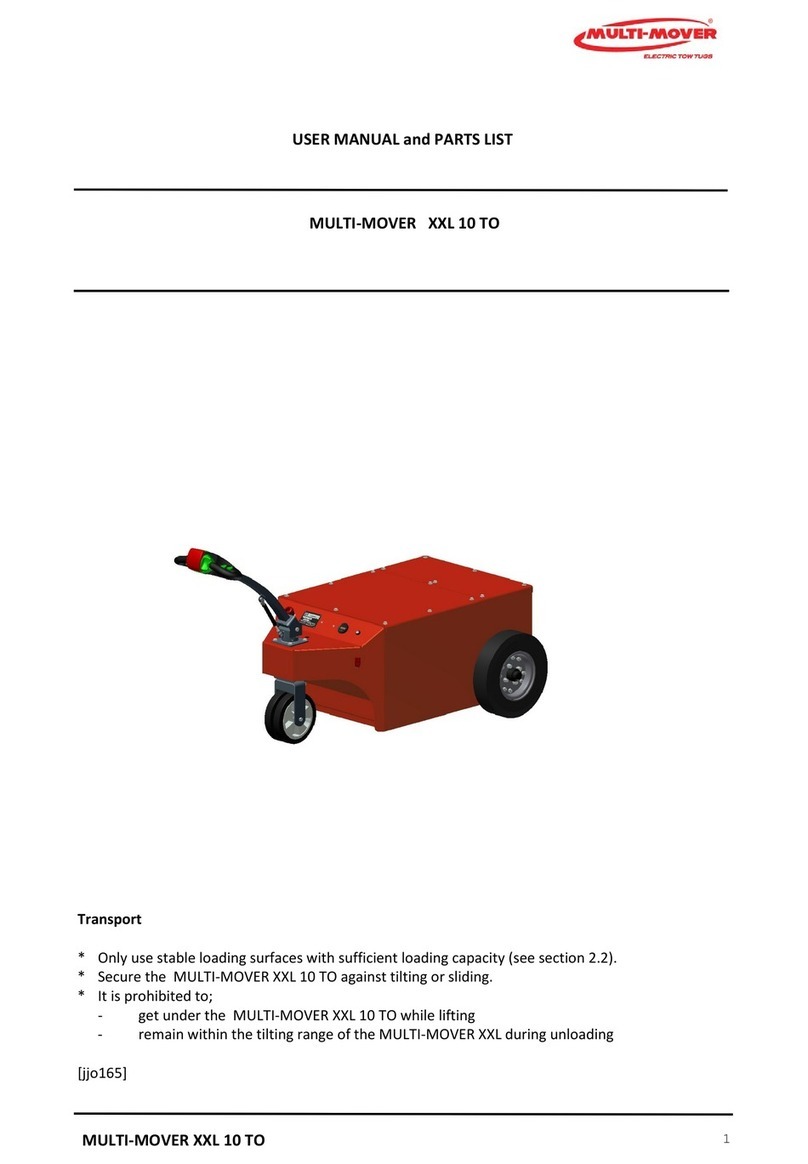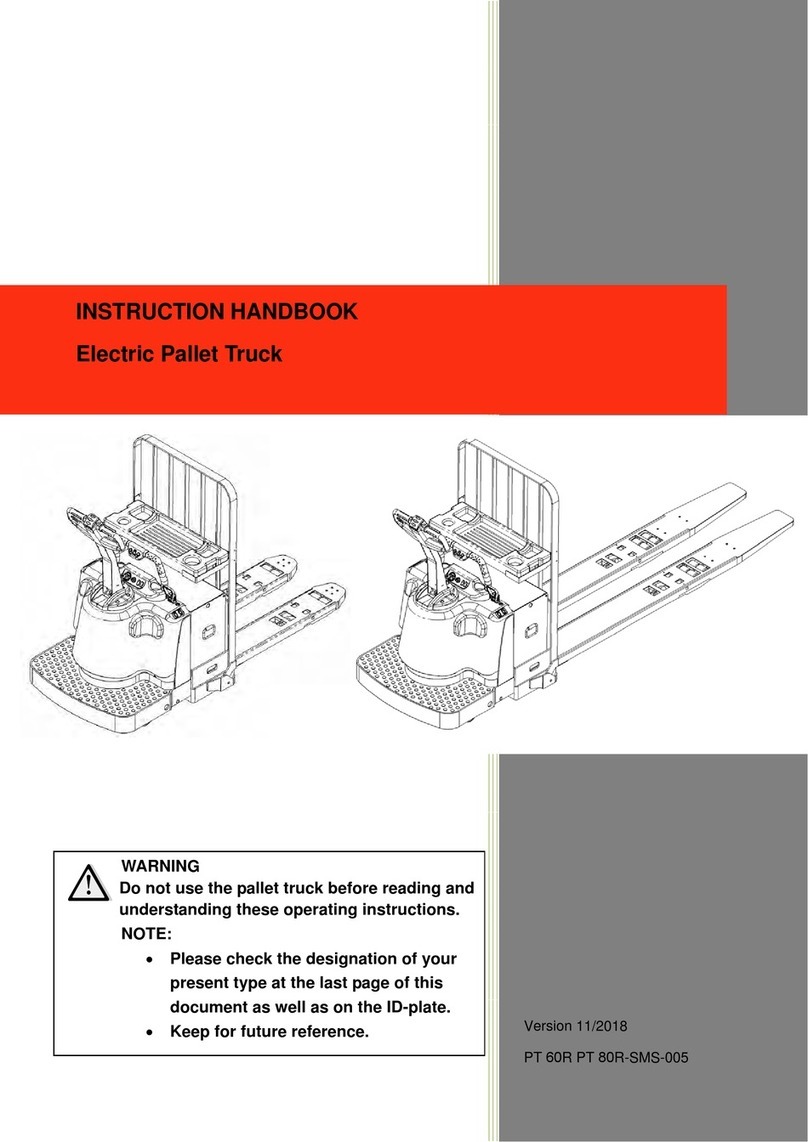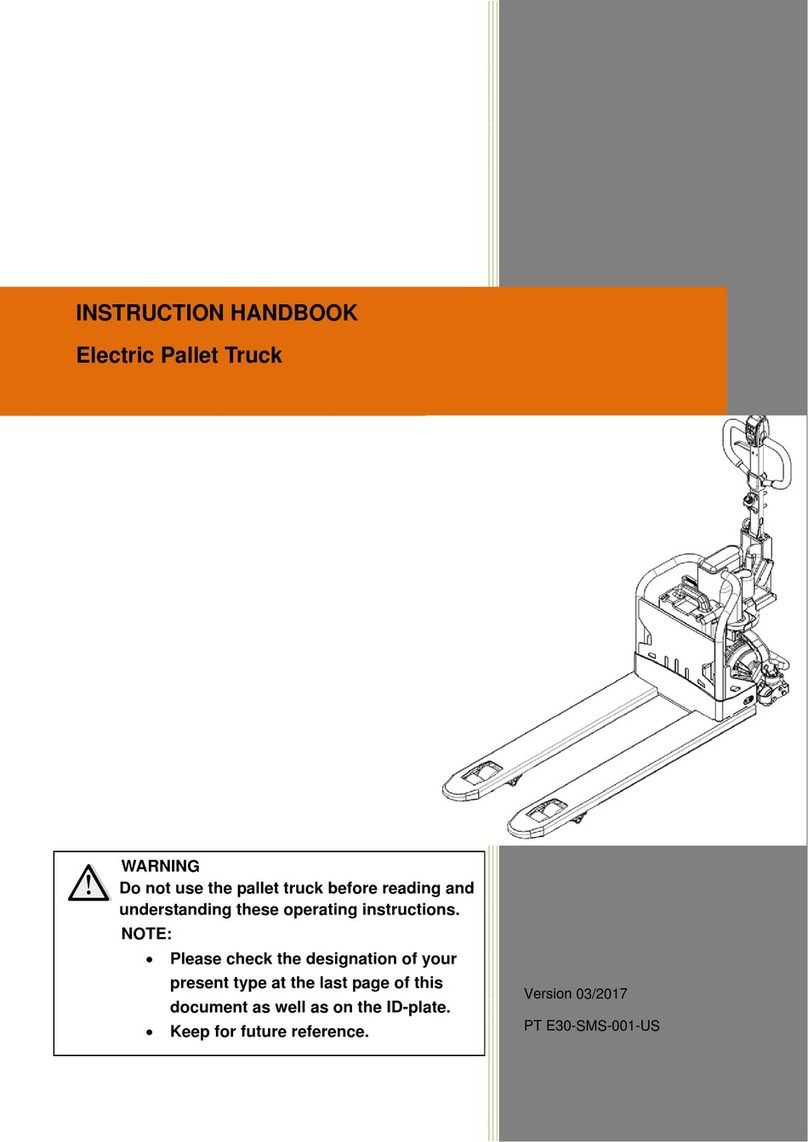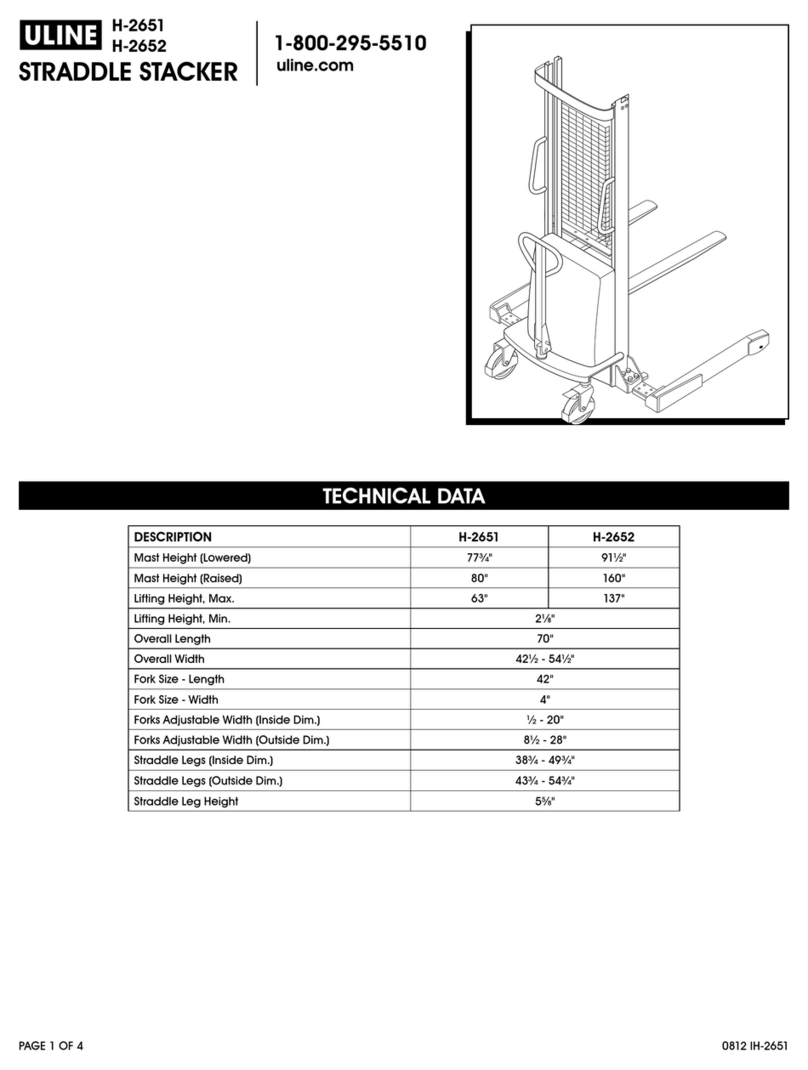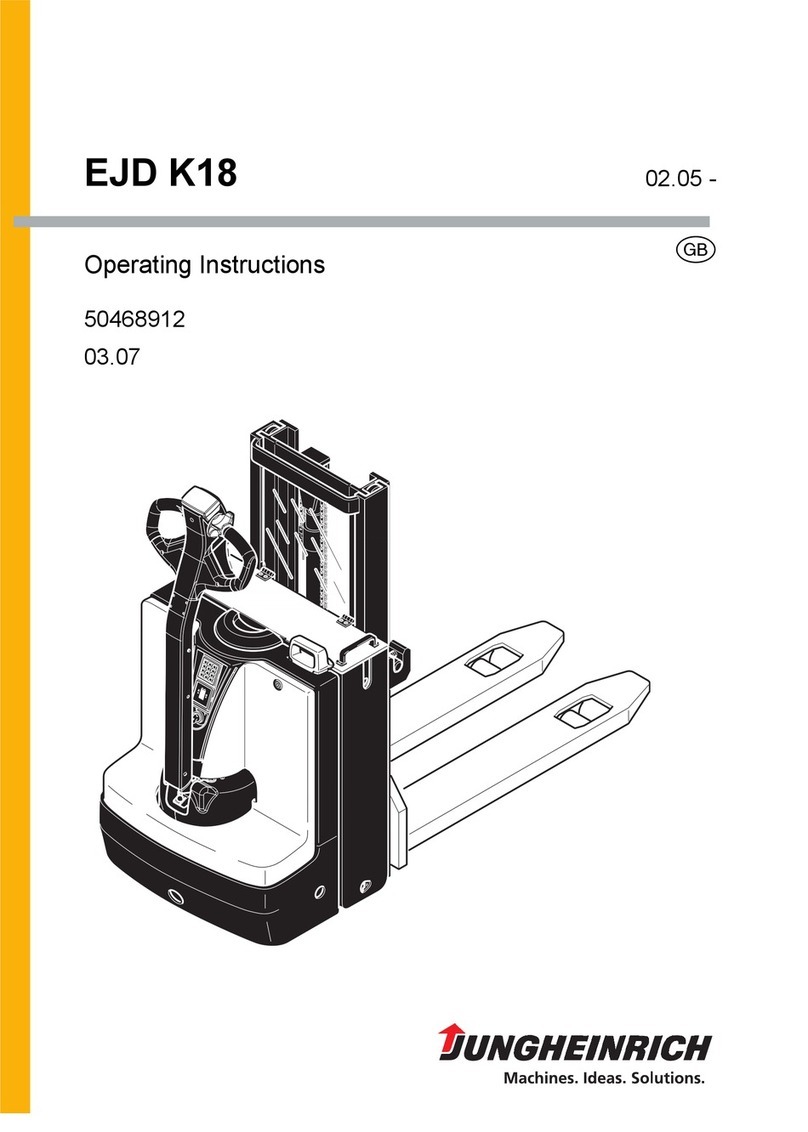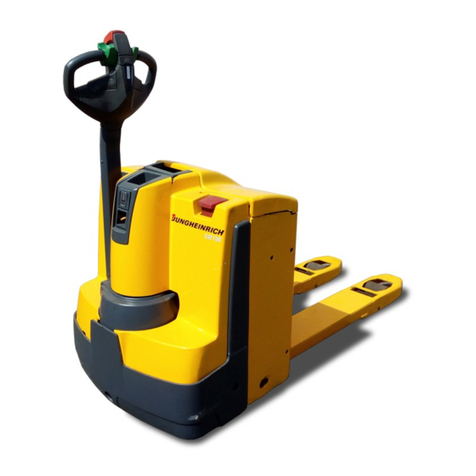
Before using the batteries, make sure that the cables are connected to the terminals as described: (+)• with (+) and (-) with (-).
Do not short-circuit the terminals.•
The gas emanated during a recharge is higly ammable. During the recharge of the battery leave the •
battery compartment uncovered in order to use a more efcient ventilation and remove the plugs.
Do not check the condition of the battery charge by means of “jumpers” obtained by placing metal• objects on the terminals.
Before any intervention check if there are no short-circuit elements.•
Disconnect the batteries before acting on the electric system.•
For the battery chargers and similar equipment, use only auxiliary electric power supply sources in• order to avoid any electric shocks.
A uid passing through a very small hole can be almost invisible but strong enough to penetrate into •
the skin; in these cases check the uid by means of a card or a piece of wood.
To chek the pressure of the plant use the proper devices.•
BANDS, ROPES AND HANGING ROPES: SUGGESTIONS FOR THE USE•
Register all used hanging ropes, whose features and data are shown on the identication plate.•
Do not use bands, ropes or hanging ropes, whose identication plate has been lost.•
Always use bands, ropes or hanging ropes of proper dimensions.As far as the hanging ropes are con-• cerned, take into consideration the lifting angle and the unbalance of the load.
The hooks of the hanging ropes must have a proper size according to the hook of the bridge crane and• they must move freely.
Position the load in the hook mouth.•
Do not place the load on the point of the hook.•
During lifting, do not carry out sudden operations that could tear the ropes and the bands.•
Do not carry out lifting operations with twisted ropes and bands.•
Knots are forbidden.Always protect the ropes and the bands when they are near sharp edges.•
During the movements without load in order to avoid unintentional collisions or hooking, fasten the• hooks to the proper seats and lock them.
Use of hanging ropes with unbalanced load
If unbalanced loads must be lifted it is advisable to reduce the carrying capacity of the hanging ropes:
Slings with 2 arms, consider them as the slings with 1 arm.•
Slings with 3 and 4 arms, consider them as the slings with 2 arms.•
Suggestions for maintenance
Check the bands, the ropes and the hanging ropes according to the law in force in order to determine their
working conditions. Carry out the replacement in the following cases:
When the components are deformed, cut or when there are cracks, hollows, notches or abrasions on• them.
When the wear of the components is higher than 10% of the initial dimensions.•
When the sling is overloaded.•




